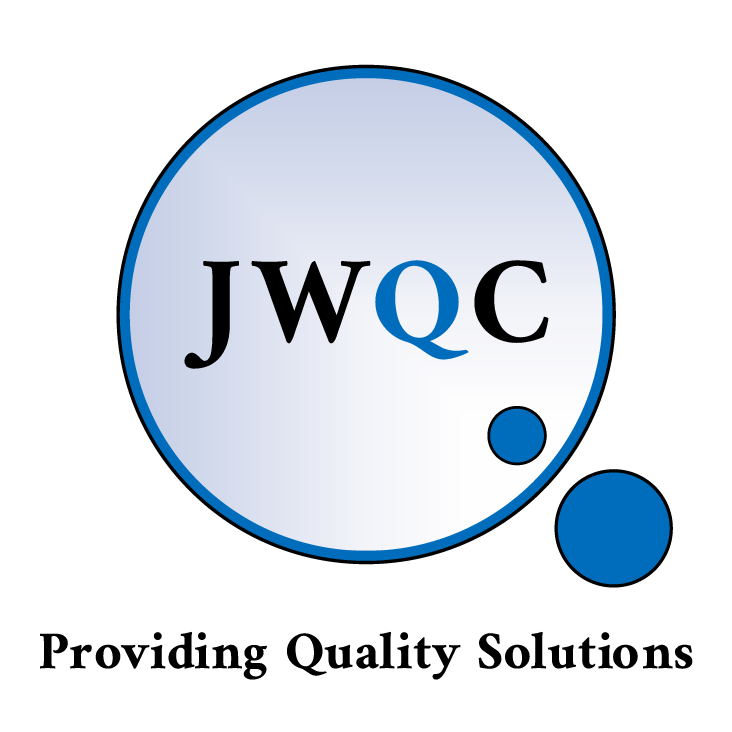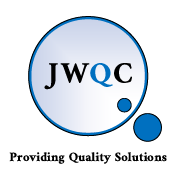QRM Part 1 - Introduction to Quality Risk Management for Sponsors
Over the coming weeks we will be sharing a series of blogs focussing on Quality Risk Management for Clinical Trial Sponsors.
How can a Quality Risk Management process help you to demonstrate sponsor oversight? This series will give you an easy-to-understand guide for how you can approach, manage, and demonstrate oversight of the risk level in your supply chain
How, What, Why and When?
Series Contents:
Why? Introduction to Quality Risk Management for Sponsors
When? What is in your risk register?
How?: Hazard and Risk - a Practical Approach
What comes Next?: Conclusion, Communication, Collaboration
If you are interested in future editions of this series, make sure you follow JW Quality Consulting’s LinkedIn page for updates.
The concept of Quality Risk Management (QRM) was formally introduced in 2005 through ICHQ9, and the latest revision (R1) from 2023 states that QRM is: ‘A systematic process for the assessment, control, communication and review of risks to the quality of the drug (medicinal) product across the product lifecycle’.
The two primary principles of quality risk management are:
The evaluation of the risk to quality should be based on scientific knowledge and ultimately link to the protection of the patient.
The level of effort, formality and documentation of the quality risk management process should be commensurate with the level of risk.
But what does that mean, in practice, for Sponsors?
QRM is relevant to all aspects of drug product manufacture, and so, as part of their oversight responsibilities, the Sponsor needs to ensure that any hazards associated with vendors, product manufacture and product distribution are identified, assessed and appropriately controlled so that the risk is reduced to an acceptable level.
Each vendor should have their own QRM processes, and so it doesn’t have to be the Sponsor who leads this, but there may be occasions when a sponsor assessment would be beneficial, such as:
the Sponsor has identified hazards within their own systems that they need to assess and control,
the Vendor hasn’t understood how a hazard impacts the Sponsor’s product.
In cases such as these a simple, pragmatic system to assess risk independently and give feedback to vendors can be very effective. In our experience, feedback in a risk assessment format helps to communicate and promote understanding for all parties. Controls subsequently identified by the vendor can be fed back into a new version of the risk assessment to illustrate whether or not the new controls are effective.
Meeting with vendors regularly to discuss issues and events will help you to recognise whether your chosen vendor has the expertise to identify and put in place the controls required to prevent hazards from occurring, and whether they have robust systems in place to ensure the controls are working.
If you have found anything in this blog useful, make sure that you have followed our LinkedIn page, or keep checking back regularly as we have still have more to come in our Quality Risk Management series.
Finally, we have a very quick request if you have made it this far. Underneath we have a quick poll to help direct how we can best help you to effectively manage your GMP quality oversight responsibilities. We would be very grateful if you would take a couple of minutes to answer the following questions for us, and if you have any questions, don’t hesitate to contact us here.



